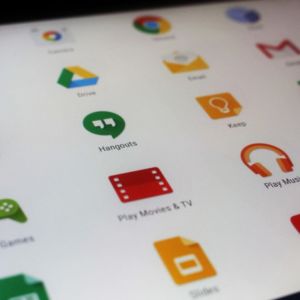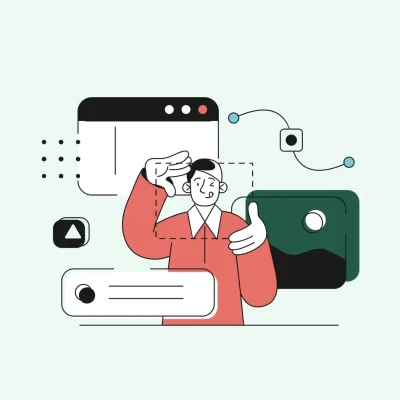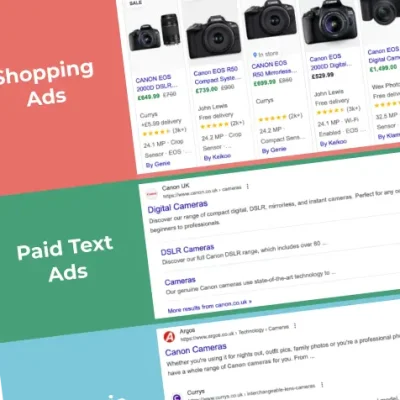The second part of the 51 Degrees event was about the emergence of Progressive Web Apps an alternative to both Native Apps and Mobile Websites, reigniting the native v. web app debate once more.
NATIVE VS. WEB APPS
An app is any form of software application, most notably thought of as the tools we download on our phones and tablets to chat to friends, make bookings or play games. But it can also be the programs we use on our computers or IOT devices.
Previously an app has been something you download from an app store – Window or Apple app store, Google play (android) – or a software reseller. You need to download the right type of app for your device and make sure it is compatible with your version of software but once installed you are in its own little microcosm; with notifications, offline processing, access to the inbuilt camera, storage – it’s more secure and less likely to get hacked – and incredibly fast.
Until now mobile websites were unable to compete on this level, as they are not equipped to make use of the built in processes of a handheld device.
But it wasn’t all in Native apps’ favour. Knowing what you want and going to find an app in an app store is one thing but discovery through search engines is a powerful way to gain more visitors. Add to that the fact that a user must download, install and setup the app before they are even allowed through the door – which is known on the web as friction – it’s pretty damaging to the conversion rate of the visitors that do come.
In an attempt to combat this effect, Google decided to try and align the best elements of both web pages and applications to create Progressive Web Apps (PWA). This technology loads quickly, even on flaky networks, sends relevant push notifications, has an icon on the home screen and loads as a full screen experience.
PWA’s are still searchable on search engines but make use of the inbuilt processor. It lowers friction by allowing users to immediately get a feel for the content then gently suggesting saving the app to their home screen. It runs a ‘one size fit’s all’ when it comes to compatibility with OS and devices and does not rely on requiring each user to activate updates to their install.
One of the earliest examples of progressive web apps being adopted is Flipkart – India’s answer to Amazon and one of the country’s largest online shops – releasing Flipkart Lite. This version saw 3x more visits on a mobile than the old site and returning visits go up by 40%.
UNDER THE BONNET
Service Workers
All of this is possible because of the development of Service Workers, which formulate the building blocks of web apps and hugely improve load time. They run as scripts working in the background of the browser or web page, opening doors to features which don’t need a web page or user interaction.
The offline capabilities of the service worker are already apparent with the push notifications you receive from various apps. However, the future lies in their ability to background cache/sync and in geofencing – a location-based mobile service that lets marketers send messages to your smartphone when you enter a defined geographic area.
Response, Animation, Idle & Load (RAIL)
It is clear that we are living in an instantaneous society where an ever-increasing speed with our technology is demanded from the public. This is where RAIL comes in. RAIL stands for Response, Animation, Idle and Load and represents the four key stages involved in the actions for your website/app. The optimisation of each of these distinct areas will reduce user frustration and retain viewers – 40% of audiences are lost if a page takes 7 seconds to load, remember that goldfish from last month’s AMP article?
SO IT’S ALL GOOD NEWS THEN?
Unfortunately no – well not yet…Progressive Web Apps are only available on Android devices and even then, service workers are only supported on Chrome and Opera browsers so their accessibility is hugely limited (although it is suggested that iOS devices may be supporting this technology as early as late 2016).
This is why our job as digital designers and system developers is to listen and learn from all that is out there and make sure that our work is not dependent on a new product from an internet giant, but that we heed the underlying message that users are sending out which culminates in these type of responses – two of which I have talked about here. Making sure that we offer the correct and considered advice to our clients and that our websites and applications work and continue to work optimally and inclusively for the needs of your business.
This new form of web app can be taken advantage of by most industries but one we feel is of special interest is estate agency. Many of our clients have talked about the benefits of an app, but the budget and friction of installation has generally made it prohibitive when competing against the property portals. The benefits of a web app bring the barriers of entry way down making it inviting for both estate agent and applicant. An estate agency could expect an increase in returning visitors and improved site stickiness if customers can be prompted to save the app to their mobile or tablet home screen and applicants get to just save and browse the agents they know are right for them not trawl through pages of unsuitable properties on the portals each time. Could this even be the real start of the decline in power of the portals?



